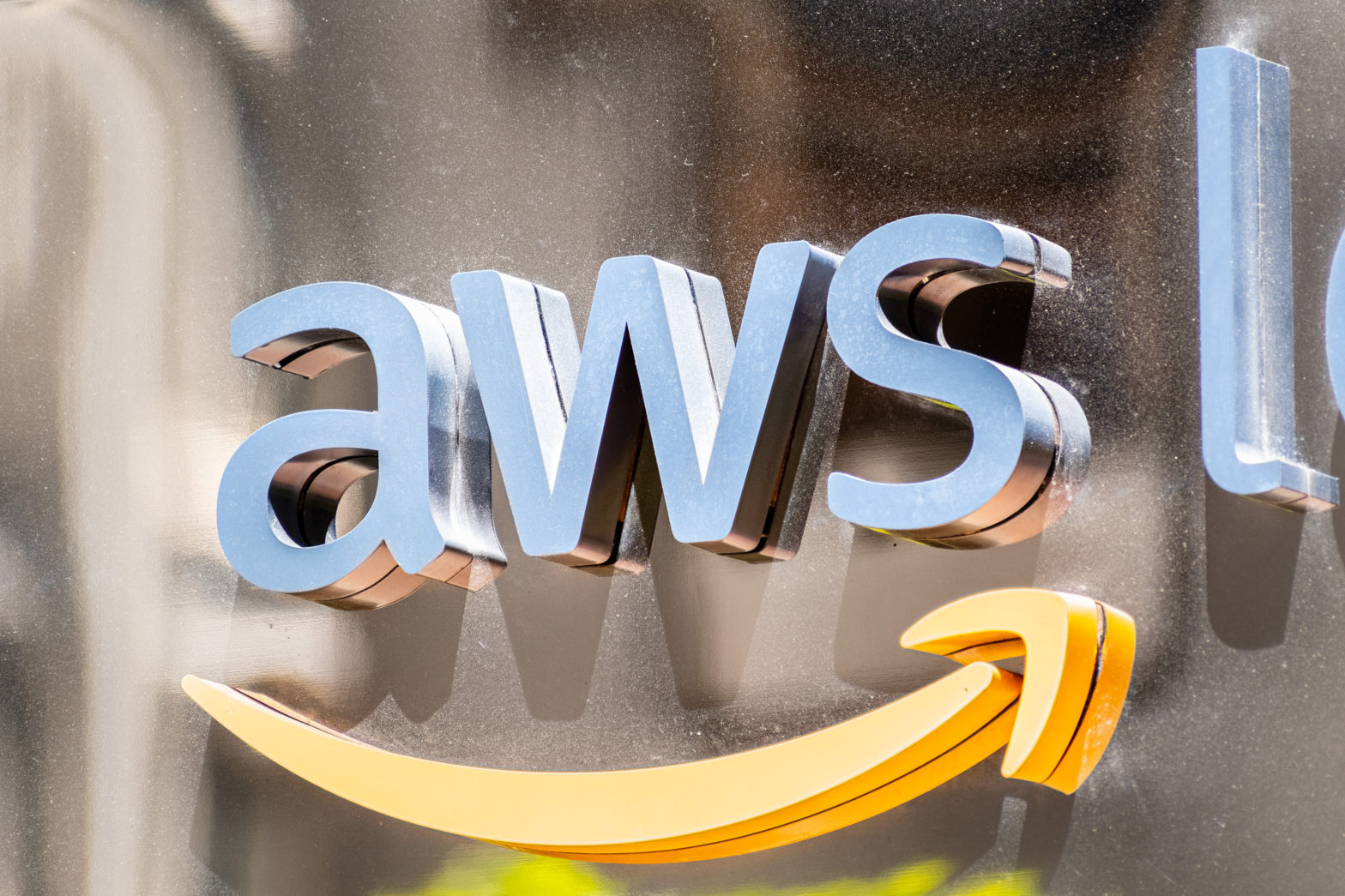Verizon and AWS continue partnership to bring mobile edge computing to new locations. Starting with 10 cities, the collaboration now runs through 19 cities.
Way back in 2020 (was it really just four years ago?), Amazon Web Services and Verizon joined forces to create the world’s first mobile edge computing platform (MEC). The partnership brought the world’s leading cloud provider closer to mobile and connected devices at the edge of Verizon’s 5G Ultra Wideband network. AWS Wavelength provides developers the ability to deploy applications that require ultra-low latency to mobile devices using 5G.
Initially, the partnership started with 10 U.S. cities, later adding three more and then four more, followed by a new zone in Canada. Now they’ve added two more U.S. cities, bringing the total to 19.
Verizon is the first technology company in the world to offer 5G network edge computing, and partnering with AWS Wavelength to provide low-latency application deployment environments dramatically increases the number of devices that can be supported within the same geographic areas. Prior to this partnership, data had to travel from the device to the mobile network to networking devices at the mobile edge and then to the internet in order to get to application servers in remote locations, which results in lonver latency. Now, developers can realize the full ptential of 5G in addressing lower latency use-cases.
It’s been known that edge computing is the next big thing in the cloud, and by placing AWS compute and storage devices at the edge of Verizon’s Ultra Wideband Network with AWS Wavelength, developers can deliver enhanced user experiences like real-time analytics (or close to it) for instant decision-making, immersive game streaming and automated robotic systems in manufacturing facilities. By placing these devices at the edge, the companies have increased the load that the network can carry without impacting users.
The current expansion of this collaboration is likely not the last:
“With the ongoing expansion of our mobile edge compute infrastructure, we’re enabling developers to build transformational applications that enhance consumers’ experiences by moving the data and processing done by applications and services to the edge of Verizon’s wireless network and closer to the end-user’s device,” said Tami Erwin, CEO of Verizon Business.
“By offering both public and private mobile edge compute, we’re giving businesses ultimate optionality. This can transform the way companies can leverage predictive analytics, allowing them to improve operational efficiency, mitigate risk and increase revenue.”
The 19 U.S. locations currently being served by this partnership are Boston, Atlanta, Washington, D.C., New York City, Miami, Dallas, Houston, Chicago, Charlotte, Detroit, Minneapolis, Tampa, Nashville, San Francisco (bay area), Las Vegas, Denver, Seattle, Phoenix, and Los Angeles. The latest expansion, which includes Nashville and Tampa, means that 75% of the U.S. population is now within 150 miles of a Wavelength Zone.
Remote work is in high demand these days, so getting this technology to devs and users around the world is a huge step in the right direction.

